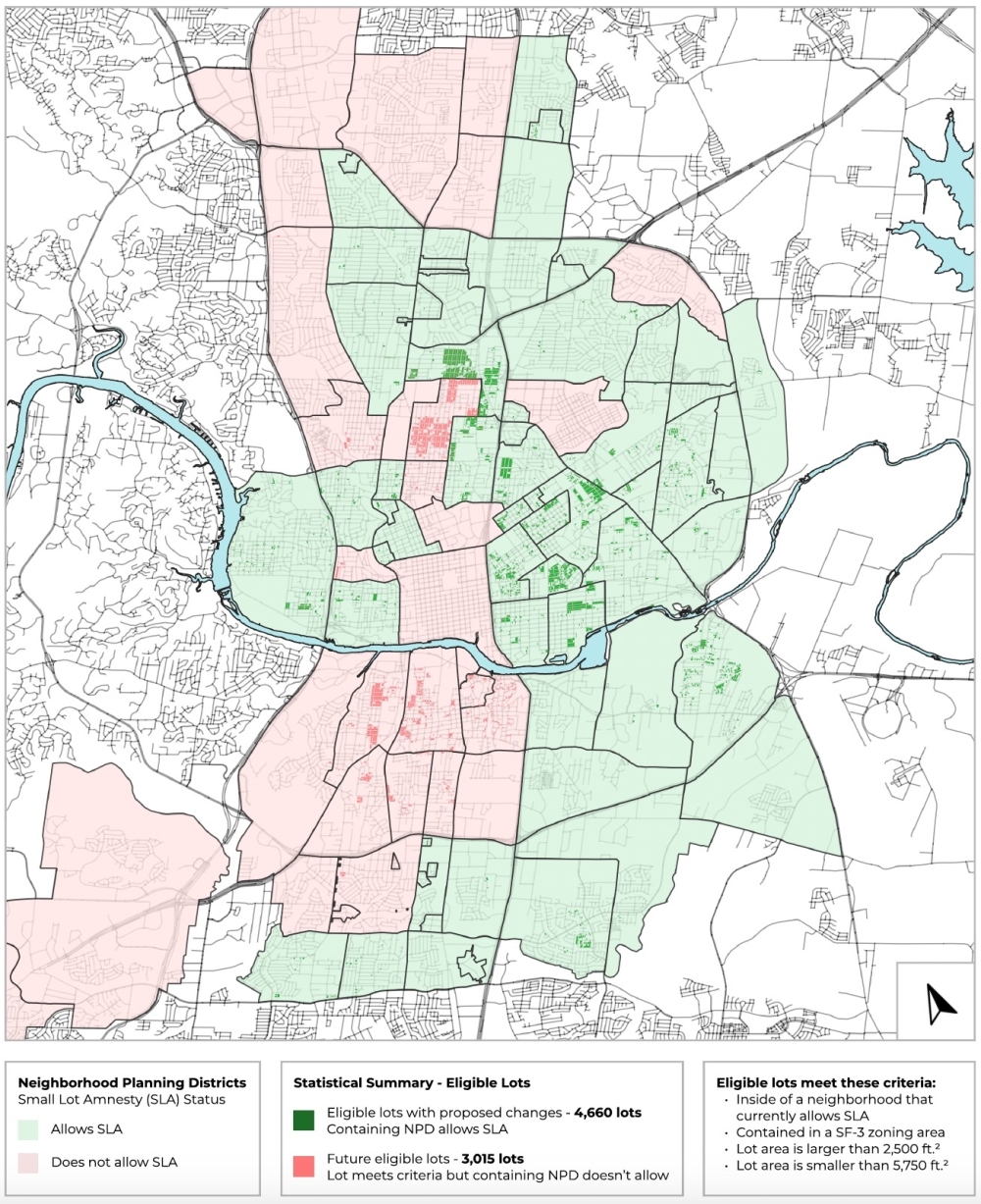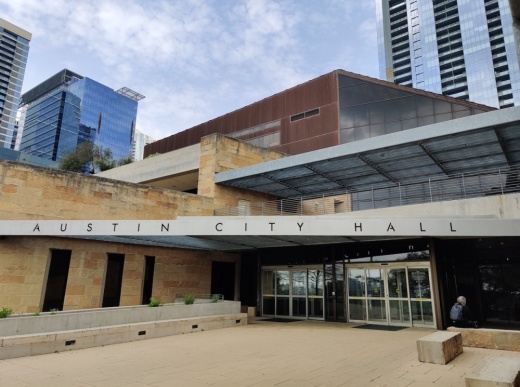Petition process review
Council voted 10-1 to establish a resident commission tasked with proposing updates to Austin's resident petition process, potentially with a higher signature count as well as new ethical and transparency standards for petitioners. Petition elections may also be locked to higher-turnout November elections.
In Austin, anyone who collects the signatures of at least 20,000 registered voters may petition the city government to enact new policy, roll back previous council action or amend the city charter. The removal of an official follows the same process, but with a higher signature requirement of 10% of the city's voters—currently, more than 66,000 names.
Successful petition measures may either be approved by City Council, or more commonly, put on a future election ballot. Austin has seen multiple petition elections in recent years.
The 20,000-signature threshold for most petitions represents around 3% of the city's voter pool, well below limits set in other large Texas cities and many peer cities nationwide. Until 2012, Austin used a 10% threshold.
Once formed, the new commission is expected to produce recommended changes that voters will consider adopting in the November 2024 election.
Council's action comes two months ahead of an election with two rival ballot measures resulting from petition drives. One, backed by Austin's police union, has attracted criticism from some officials over claims that petition canvassers confused community members and obscured the intentions of the measure.
Quote of note:
"Our current threshold for these initiatives is increasingly less representative of the public. So if we’re going to spend valuable city resources on an election, that petition should stem from a representative cross-section of the public and not an ever-shrinking sliver. We have seen misleading tactics used in these petition drives, and increasing that threshold percentage, increasing transparency and moving charter elections to November respects Austin voters who have consistently voiced a desire for more representative governance," said District 5 Council Member Ryan Alter, sponsor of the charter review resolution.Neighborhood planning and transit
With developers' interest in building up areas around future Project Connect routes and stations already growing years ahead of the transit network's completion, city and transportation leaders are looking to ensure such activity takes place in a way that is beneficial both to existing communities and future residents.
Capital Metro's framework for equitable transit-oriented development, or ETOD, passed through council March 9 after years of initial work. Next steps will see planners engage with neighborhoods around future bus and rail stops regarding expected growth, and develop changes to city land-use policy that could spur trends, such as denser development with more affordable housing.
While Project Connect features both new rail lines and rapid bus routes—which planners say will operate more like trains than typical bus service—council members approved the CapMetro ETOD plan with direction to prioritize rail station lines as planning continues. They also asked for more information on how the city might be able to collect additional revenues from Project Connect-related development for local municipal improvement as property values likely tick upwards.
The ETOD framework is focused on topics, such as affordable housing, cutting down on racial wealth gaps and supporting community health and economic vibrancy. Activity in those areas could proceed alongside the continued use of $300 million in anti-displacement funds linked to the Project Connect program the city will distribute over the coming years.
District 1 Council Member Natasha Harper-Madison, a longtime advocate of Austin's ETOD efforts, said the policy could help reduce the racist and inequitable outcomes of past city planning as well as undo some limits on new housing based on Austin's land development code.
Quote of note:
"I want to make sure that we ensure that all types of people can live in all parts of our beautiful, fair capital city. It’s absolutely imperative that we make sure that as many of our residents as possible have access to the historic investments that we are making in our transit system," Harper-Madison said.
Unlocking small lots
A resolution from District 4 Council Member Chito Vela approved March 9 kicks off an update to city development rules that can prevent the construction of small homes on small properties.
In Austin, a lot must be a certain size for housing to be permitted. In parts of town where property was historically laid out in smaller chunks, and below the city's present-day minimum lot size requirement, homes must often be built across multiple lots.
Vela's measure would allow some of those "aggregated" lots to be split apart to clear the way for smaller construction and for homes on smaller lots to be permitted in neighborhoods that opt in. Vela used the North Loop community in his district as an example of one part of Austin where some residents previously opposed to lot "disaggregation" changed their minds as bigger, more expensive homes resulted from current policy.
If the changes are finalized in the future, analysis by the land-use firm Cedar shared by Vela's office showed thousands of properties could be eligible for the smaller builds targeted in the resolution.
Quotes of note:
“The neighborhood looks at disaggregation as a way of unlocking another housing type in our neighborhood that allows families to find a more affordable option," said Brian Bedrosian, vice president of the North Loop Neighborhood Association.
“I think they had to decide between, ‘Do we want a mega-McMansion on those properties, or do we want two small-lot, smaller-scale, more human-scale homes on those properties?’" Vela told Community Impact. "Folks seem to be saying, ‘We want something more human-scale.’ So I’m just so happy it passed with no opposition, essentially."






